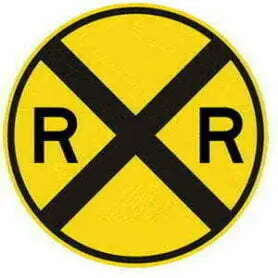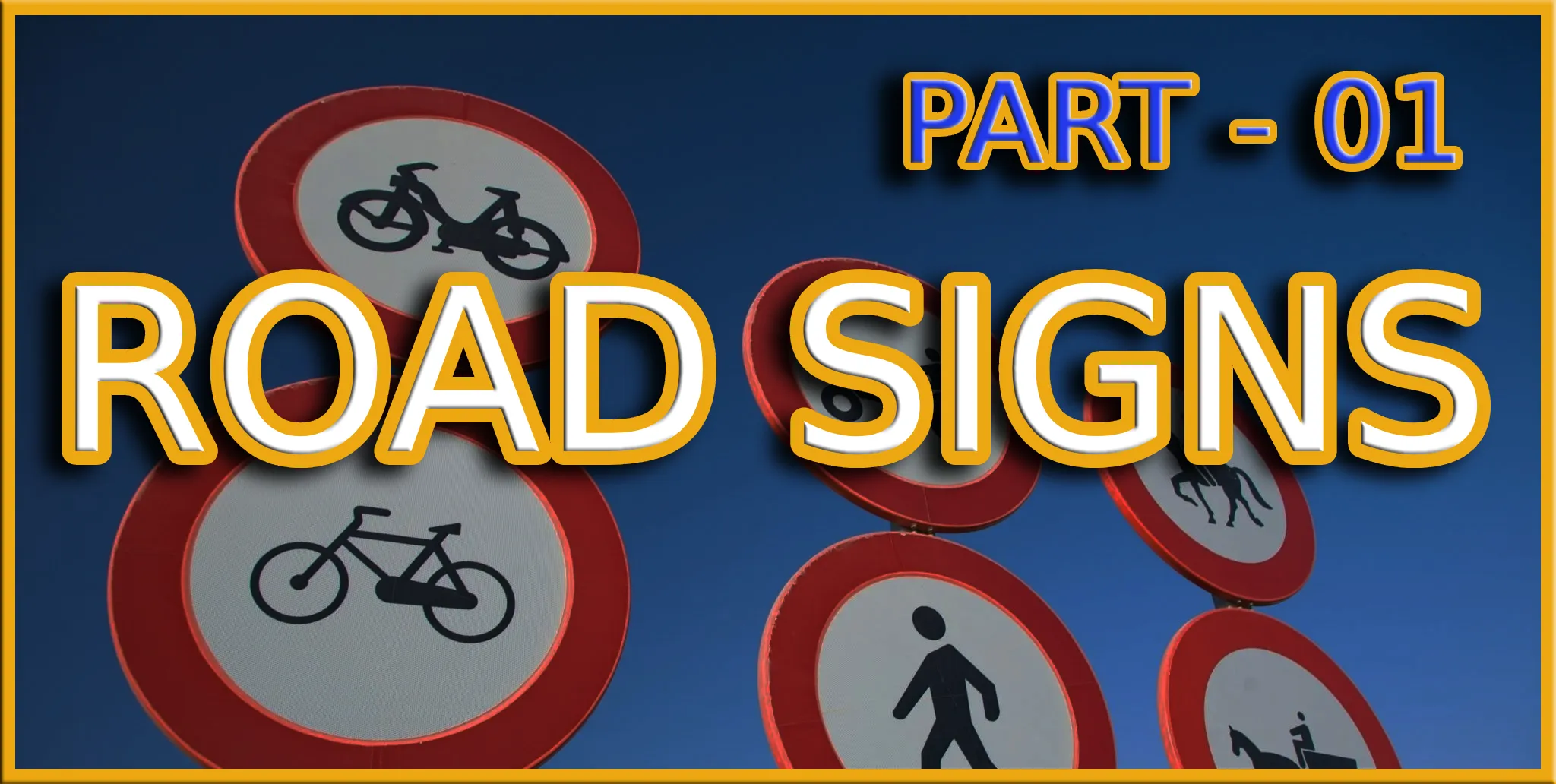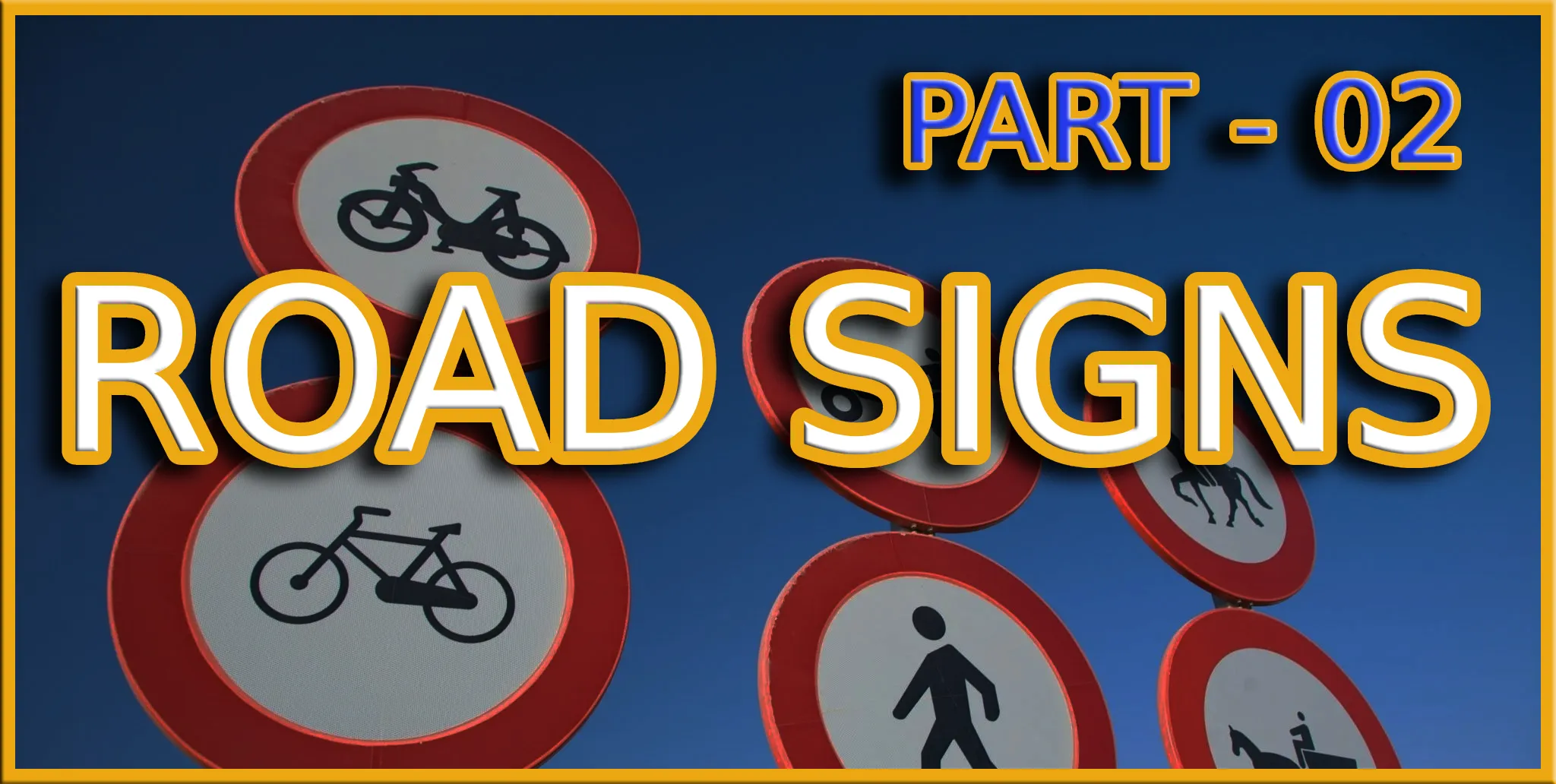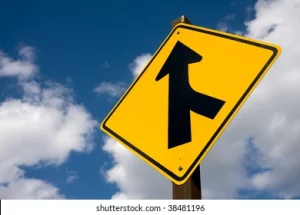No U-Turn Sign
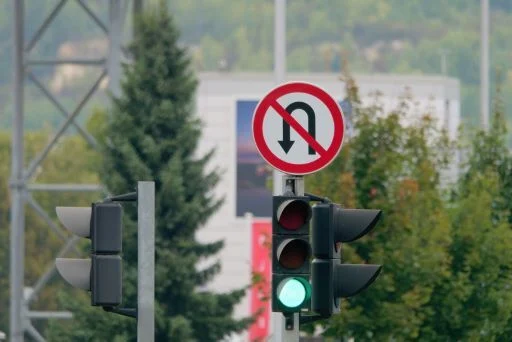
What Does No U-Turn Sign Mean?
A “No U-Turn” sign is a regulatory traffic sign designed to inform drivers that making a U-turn at this location is prohibited.
Characteristics:
- Shape: Typically circular with a red border.
- Symbol: A black U-shaped arrow with a red slash through it, indicating the prohibition.
- Placement: Usually positioned on the right side of the road where U-turns are not allowed.
Purpose:
- To prevent drivers from making potentially dangerous U-turns that could disrupt traffic flow.
- To maintain smooth and safe traffic conditions by directing drivers to alternative routes for turning around.
- To enhance overall safety by reducing the risk of accidents at busy intersections or areas with limited visibility.
Remember:
- This sign indicates that you must not make a U-turn at this location.
- Look for designated areas or intersections where U-turns are permitted if you need to change direction.
- Violating this sign can result in traffic citations or fines.



